Your Journey to a Healthier Life Starts Here
Free Insurance Verification
Verify Your Treatment Coverage
Verify Your Treatment Coverage
Marijuana Treatment encompasses a range of evidence-based therapies and support services designed to help individuals overcome Cannabis Use Disorder (CUD). Here’s what you need to know:
Available Treatment Options:
Key Facts:
Despite marijuana’s growing acceptance and legalization across many states, the reality is clear: addiction is real, and it affects millions of Americans. Whether you’re worried about your own use or concerned about a loved one, understanding that CUD is a legitimate medical condition—not a moral failing—is the first step toward recovery.
At Addiction Helpline America, we’ve spent years connecting individuals and families with compassionate, evidence-based Marijuana Treatment resources nationwide. Our team understands the unique challenges of cannabis addiction and can help you steer the path to recovery with confidential, personalized support.
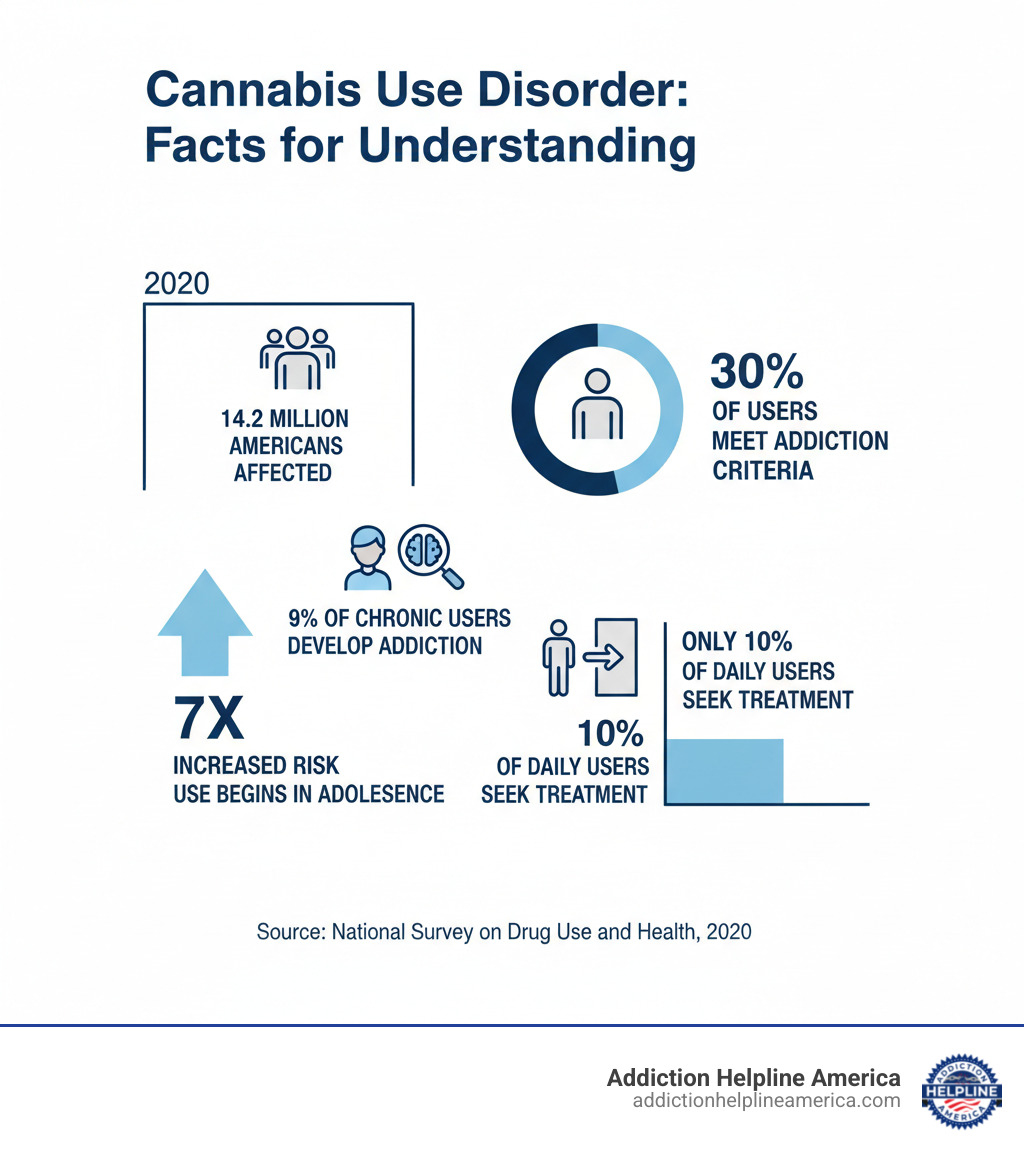
Marijuana has a long history, woven into different cultures for centuries. For many, it’s a casual thing. But for others, using marijuana can become a real problem, leading to what we call Cannabis Use Disorder, or CUD. This condition affects millions of people, and understanding it is a big step toward finding effective Marijuana Treatment.
CUD isn’t just about using marijuana; it’s about how that use starts to control your life. It can lead to serious long-term consequences if not addressed. The good news is that understanding the signs and risks can open the door to help and healing.
Cannabis Use Disorder (CUD) is a medical condition where a person’s use of marijuana leads to significant impairment or distress. It’s not a moral failing but a recognized health issue that can range from mild to severe. When severe, it’s often called marijuana addiction.
Doctors and therapists use the DSM-5 to diagnose CUD, looking for at least two specific signs within a year. These signs cover:
It’s a common myth that marijuana isn’t addictive. Research shows that about 30% of people who use marijuana may develop an addiction. In 2020 alone, over 14 million Americans aged 12 or older experienced CUD, highlighting the need for professional Marijuana Treatment.
How can you tell if marijuana use has crossed the line into addiction? The signs can show up in many parts of a person’s life. Here are some common symptoms:
These withdrawal symptoms can be very uncomfortable, often leading people back to using marijuana just to find relief.
The way marijuana affects someone can differ a lot, depending on the person, the potency of the cannabis, and how it’s used.
Immediate Effects of Marijuana Use: Short-term effects can appear quickly, especially when smoked, and may include:
High doses can sometimes lead to more severe effects like hallucinations or panic attacks. Edibles can be particularly tricky, as their delayed onset may cause people to consume too much, leading to an negative experience.
Long-Term Effects of Marijuana Use: Heavy, long-term use can lead to more serious problems:
Not everyone who uses marijuana will develop an addiction, but certain factors increase the risk. It’s often a combination of these that leads to CUD.
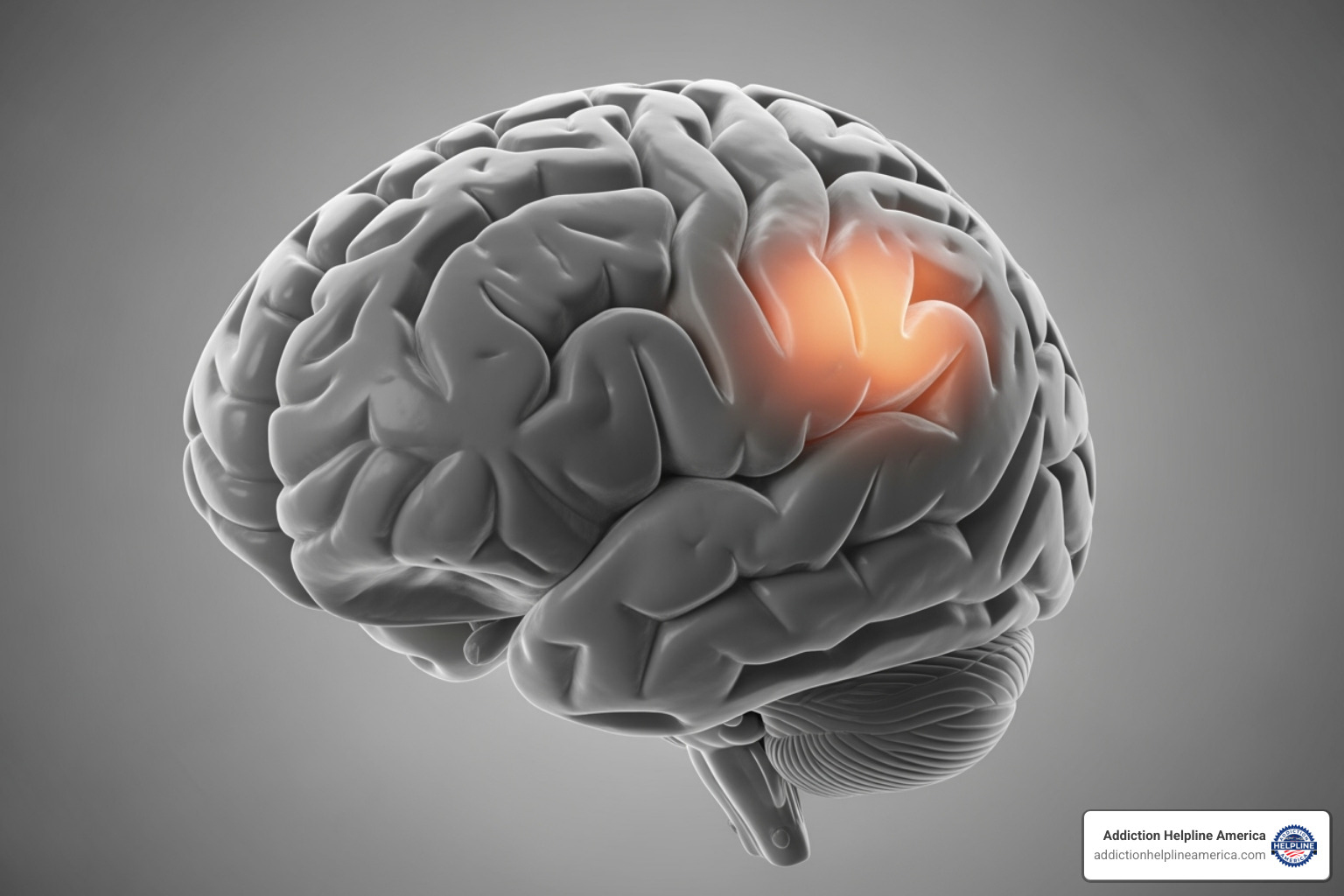
Key risk factors include:
Understanding these risks is a vital part of finding the right Marijuana Treatment and support.
Recognizing that you or a loved one might have a problem is a truly brave first step. The next, equally courageous step, is reaching out for help. For millions of Americans, professional Marijuana Treatment offers a clear, structured, and deeply supportive path toward lasting recovery. While it’s true that only about 10% of daily or almost daily cannabis users actually seek treatment, we want you to know that effective help is available, and recovery is absolutely possible.
Diagnosing Cannabis Use Disorder (CUD) requires a professional assessment by a qualified healthcare provider, such as a psychiatrist, psychologist, or licensed therapist. This involves a comprehensive evaluation of your usage patterns, medical history, and mental health. Using the DSM-5 diagnostic criteria, the provider will determine if your cannabis use is causing significant impairment or distress. Honesty during this process is crucial for an accurate diagnosis and the development of an effective Marijuana Treatment plan. The assessment will also screen for co-occurring mental health conditions, which are common and require integrated treatment.
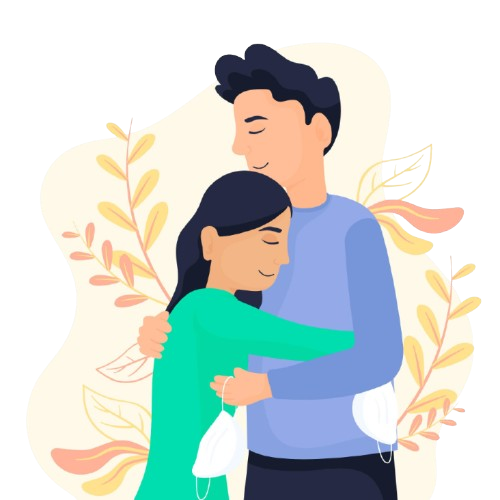
Take the first step towards a healthier life! Call now to connect with our compassionate team and start your recovery journey today. Your path to healing awaits!
Our recovery specialists are available 24/7 to provide support, and all calls are confidential and free. Reach out anytime – we’re here to help!
When it comes to effective Marijuana Treatment, behavioral therapies are the foundation. These evidence-based approaches help you understand your patterns of use, develop healthy coping mechanisms, and build a strong motivation for change. Combining these therapies often leads to the best results.
Let’s look at some of the most promising behavioral treatments:
Research consistently shows that using a combination of these approaches—Motivational Interviewing (part of MET), CBT, and CM—can lead to the best outcomes. While abstinence rates can be modest and may decline after treatment, these methods offer a solid start. You can dive deeper into the scientific backing for these powerful approaches through this scientific review.
Unlike some other substance use disorders, there are currently no FDA-approved medications specifically for the treatment of CUD. However, medication can play a supportive role by managing uncomfortable withdrawal symptoms and treating any co-occurring mental health disorders like depression or anxiety.
Research is actively exploring potential medication aids. For example, some studies are investigating whether synthetic cannabinoids or other drugs can ease withdrawal symptoms. Researchers like Deepak Cyril D’Souza, MD, a psychiatrist at Yale Medicine, highlight the “urgent need to develop effective treatments, either behavioral or pharmacological, for cannabis use disorder.” This ongoing work, combined with proven psychotherapies, offers growing hope for those seeking recovery.
Starting on Marijuana Treatment is a significant step, and it’s a testament to your courage and commitment. But it’s also wise to understand the journey ahead, including the potential bumps in the road and the many factors that contribute to a truly successful recovery.
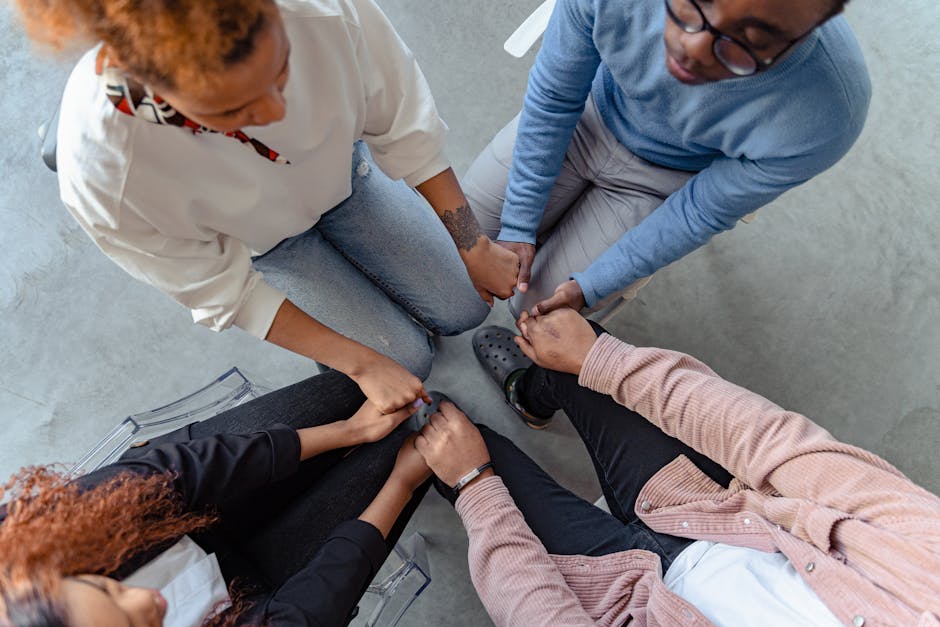
While effective treatments are available, recovery from CUD can present unique challenges. One common hurdle is that relapse is often a part of the recovery process. This isn’t a sign of failure, but a reminder of the need for ongoing support and long-term management.
Another significant barrier is low treatment-seeking behavior. The increasing social acceptance of marijuana can sometimes foster a perception that it’s harmless, preventing people from reaching out. Moreover, many individuals seeking Marijuana Treatment also face co-occurring mental health disorders like anxiety or depression, which can make treatment more complex.
Despite these obstacles, recovery is absolutely possible! Success in CUD treatment is often linked to a strong belief in your ability to change, full engagement in treatment, and continuing with support after the program ends. Consistent care and an adaptable treatment plan are the keys to long-term, sustained recovery.
Adolescence is a pivotal time when the brain is still developing, making teens especially vulnerable to the negative effects of marijuana. Starting use during these years dramatically increases the risk of developing CUD and can impact brain development, leading to challenges with thinking, memory, and attention.
For this reason, specialized Marijuana Treatment for young people is crucial. Effective approaches often involve family-based therapies, such as Multidimensional Family Therapy (MDFT), which engage the whole family to create a supportive and healing environment. Evidence-based therapies like Cognitive Behavioral Therapy (CBT) and Motivational Improvement Therapy (MET) are also adapted for teens. The sooner CUD is addressed in adolescents through early intervention, the better the chances of preventing long-term complications.
Choosing the right Marijuana Treatment program is a personal and important decision. Navigating the options can feel overwhelming, but asking the right questions can help you find the best fit for yourself or your loved one.
Key questions for any treatment provider include:
Treatment settings range from flexible outpatient counseling to more structured inpatient or residential treatment. The ideal program will consider your unique needs, age, and background. For more information and confidential guidance on finding a treatment center, explore resources like More info about finding a treatment center. Our team at Addiction Helpline America is here to connect you with the right program, every step of the way.
The conversation around marijuana in the U.S. has significantly evolved, moving from strict prohibition to a complex patchwork of medical and recreational legality. This shift often blurs the lines between its perceived benefits and potential harms, making it crucial to understand the distinctions and implications for Marijuana Treatment.
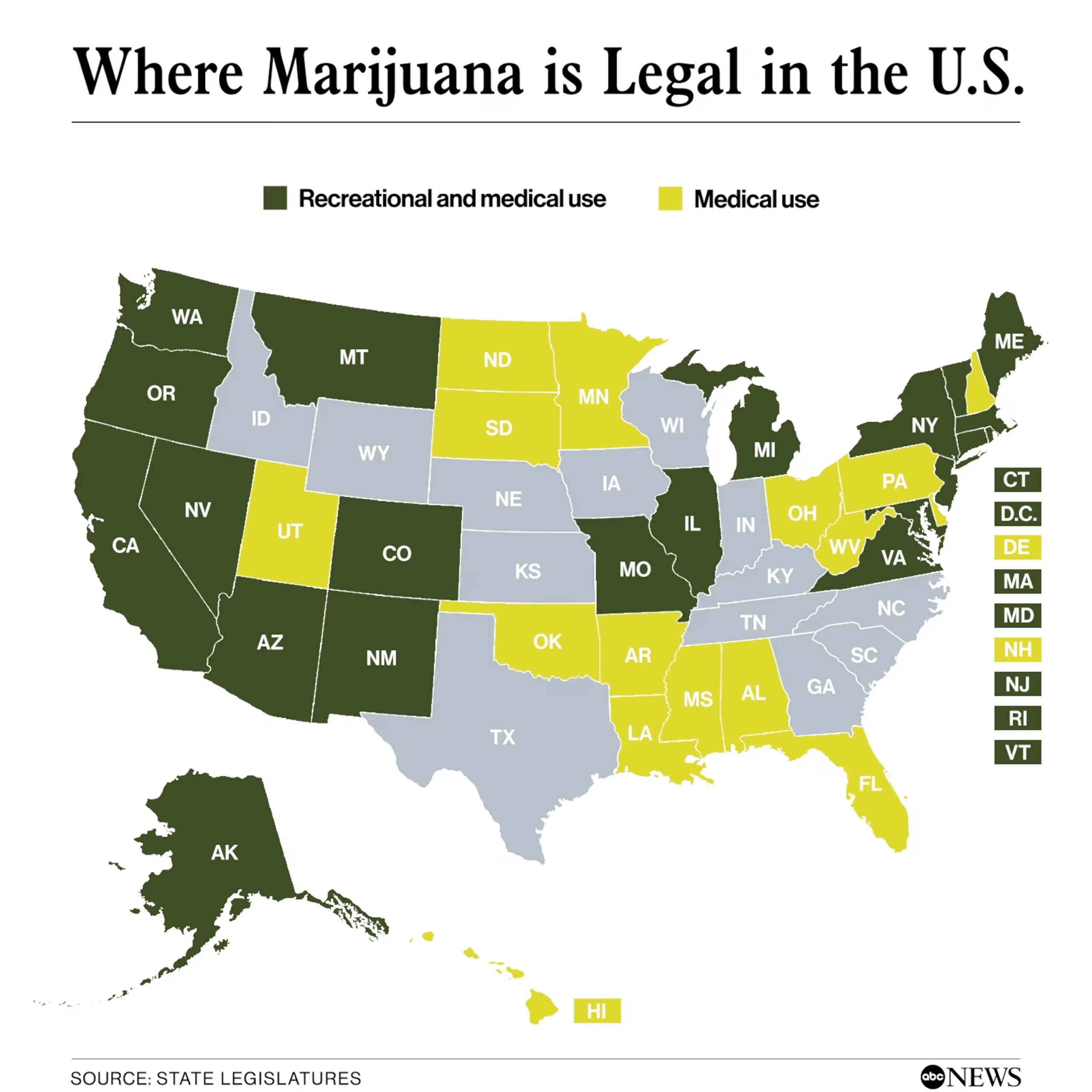
While both medical and recreational marijuana come from the Cannabis sativa plant, their purpose, regulation, and chemical profiles often differ. Medical marijuana is used to treat specific health conditions under a doctor’s recommendation and is often formulated with higher levels of CBD, a non-psychoactive compound. Recreational marijuana is used for its psychoactive effects (from THC) and is regulated for adult use in certain states. Access, potency, and oversight vary significantly between the two.
Medical marijuana is approved in many states for conditions like chronic pain, nausea from chemotherapy, and muscle spasms from multiple sclerosis. However, it’s not without risks. Potential side effects include dizziness, impaired judgment, and the risk of developing a substance use disorder. It’s essential to consult with a healthcare professional and understand your state’s specific laws, which can be found through resources like the National Conference of State Legislatures.
The legal status of marijuana in the U.S. is complex. While many states have legalized it for medical or recreational use, it remains a Schedule I controlled substance under federal law. This creates a conflict where users in legal states could still theoretically face federal charges. Furthermore, even in states where it’s legal, employers can often enforce drug-free workplace policies, and use may be prohibited in certain housing situations. It’s crucial to understand the specific laws in your state, which are subject to change.

Take the first step towards a healthier life! Call now to connect with our compassionate team and start your recovery journey today. Your path to healing awaits!
Our recovery specialists are available 24/7 to provide support, and all calls are confidential and free. Reach out anytime – we’re here to help!
We’ve covered a lot of ground in our comprehensive guide to Marijuana Treatment options. From understanding what Cannabis Use Disorder (CUD) is, recognizing its signs and symptoms, and identifying risk factors, to exploring the various evidence-based behavioral therapies and the ongoing research into pharmacological treatments, we hope you feel more informed and empowered.
The key takeaways are clear:
If you or a loved one is struggling with marijuana use, please remember you are not alone, and help is within reach. Addiction Helpline America is here to connect you with compassionate, evidence-based Marijuana Treatment centers nationwide. Our free, confidential, and personalized guidance can help you find the right recovery program custom to your needs.
Don’t let the stigma or confusion surrounding marijuana prevent you from seeking the support you deserve. Take the first step towards a healthier, more fulfilling life today.
Are you or a loved one struggling with addiction? Call today to speak to a treatment expert.
Calls to any general helpline will be answered or returned by one of the treatment providers listed, each of which is a paid advertiser:
Our helpline is available 24 hours a day, 7 days a week at no cost to you and with no obligation for you to enter into treatment. We are committed to providing support and guidance whenever you need it.
In some cases, Addiction Helpline America charges our verified partner a modest cost per call. This fee helps us cover the costs of building and maintaining our website, ensuring that we can continue to offer this valuable service to those in need.
Calls to the general helpline will be answered or returned by one of the listed treatment providers, all of whom are paid advertisers.
By using the helpline, you agree to the terms of use. We do not earn any commission or fee based on the treatment provider selected by the caller, and there is no obligation to pursue treatment.
This service is not affiliated with Alcoholics Anonymous World Services, Inc.